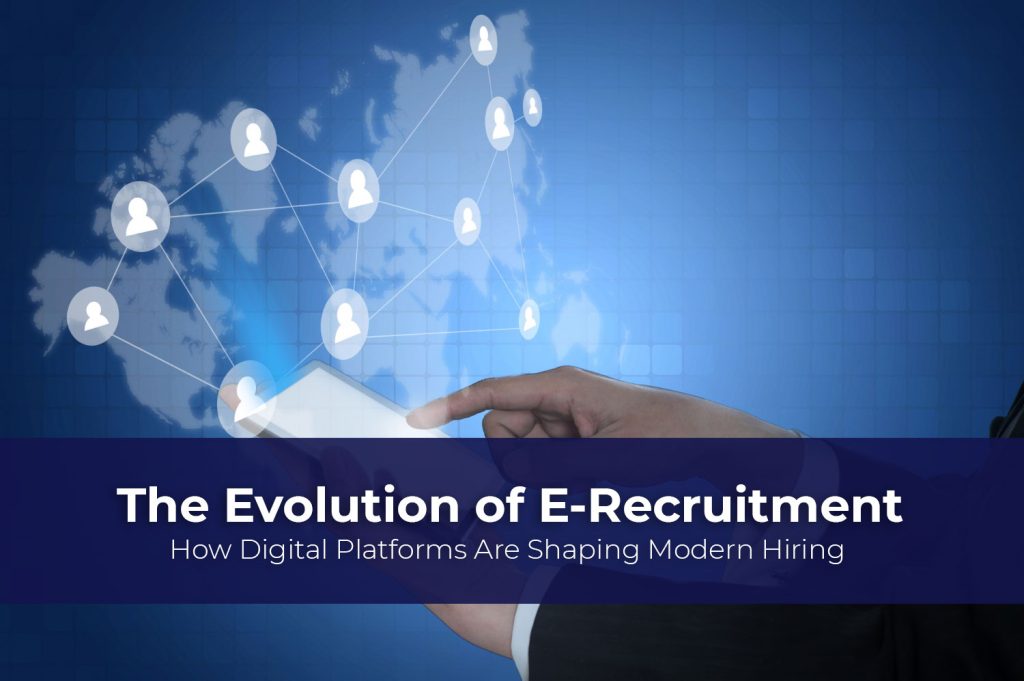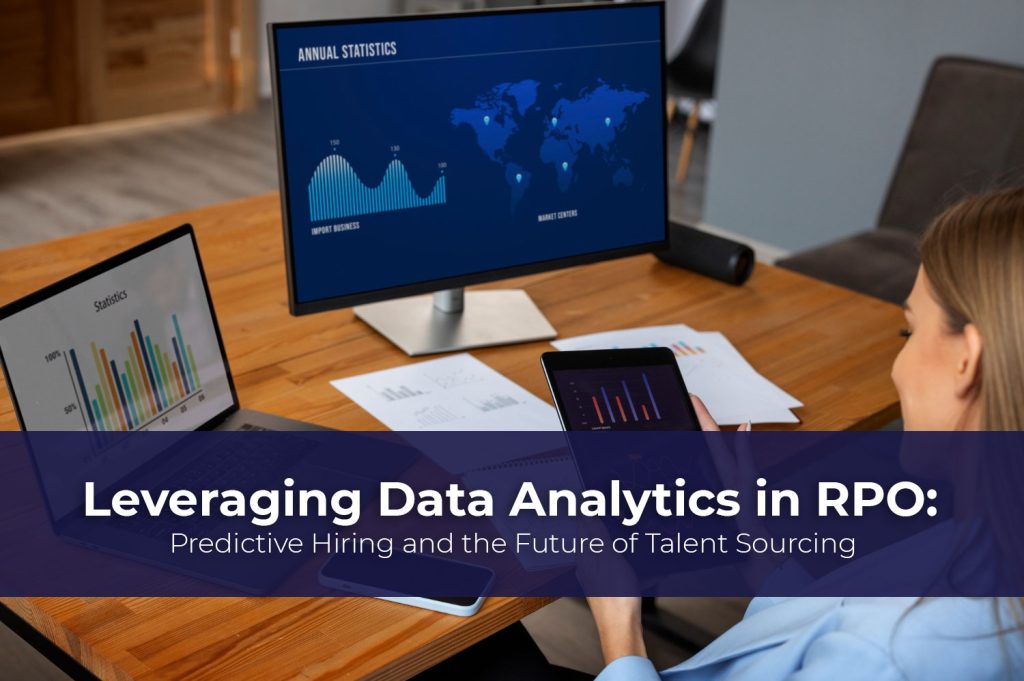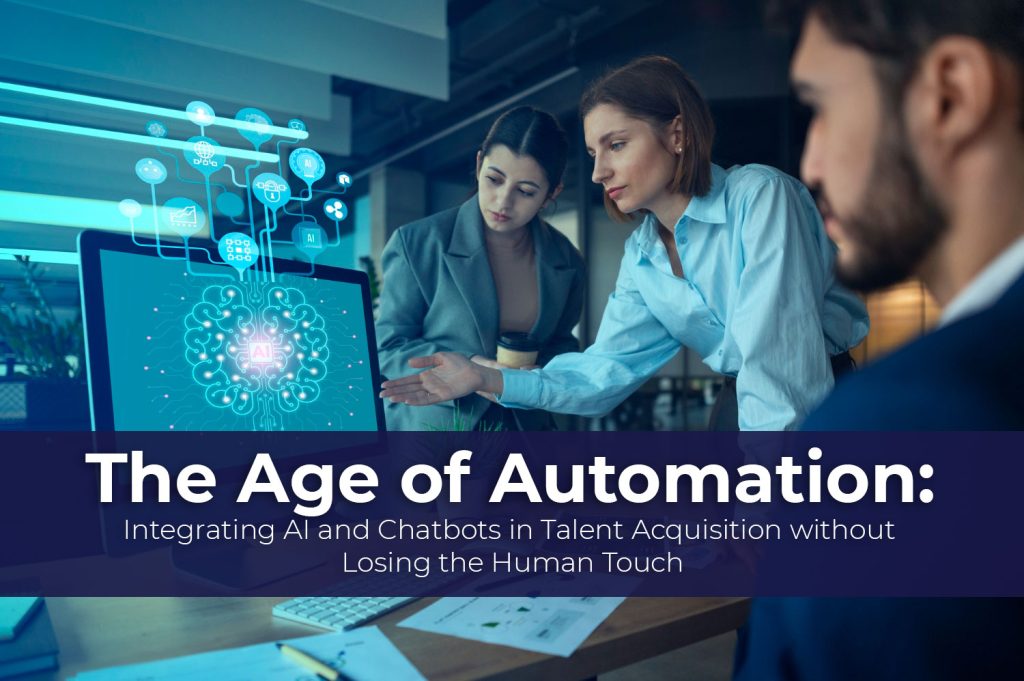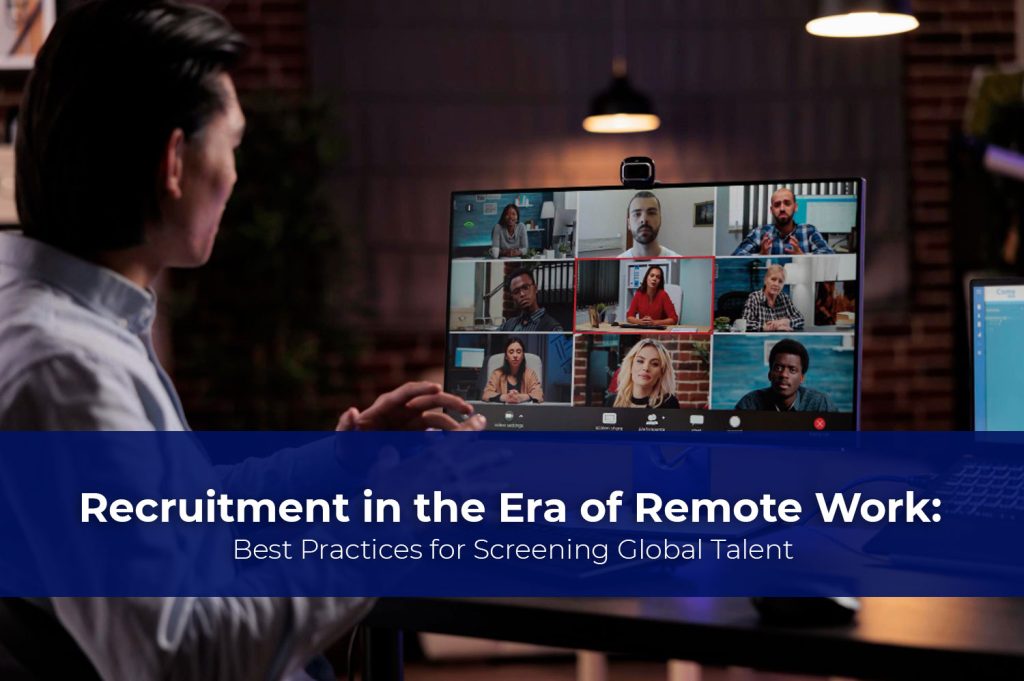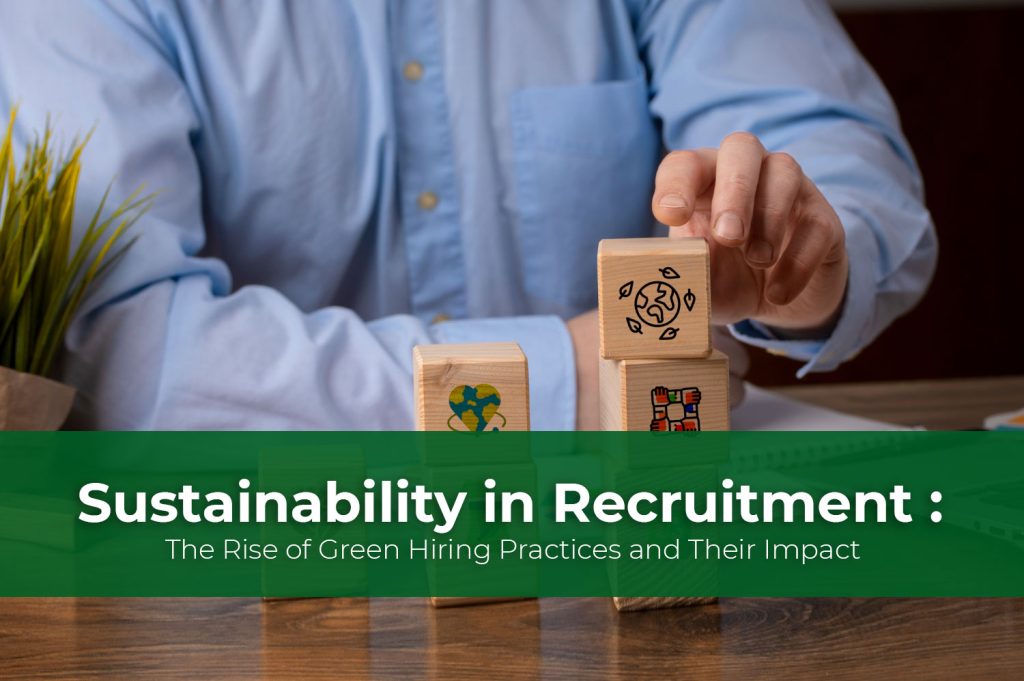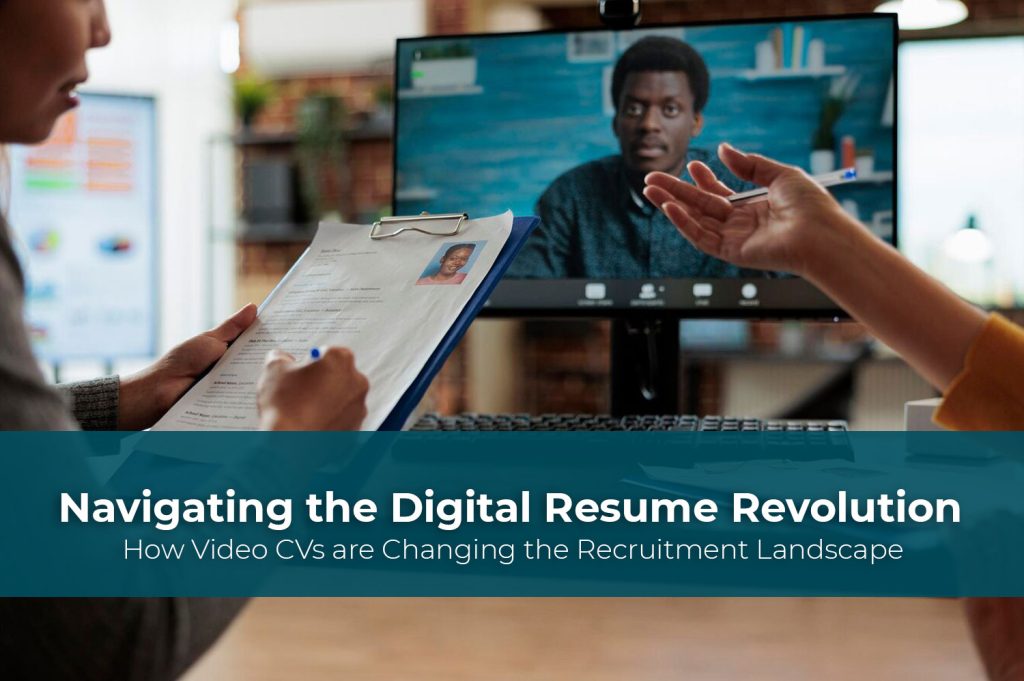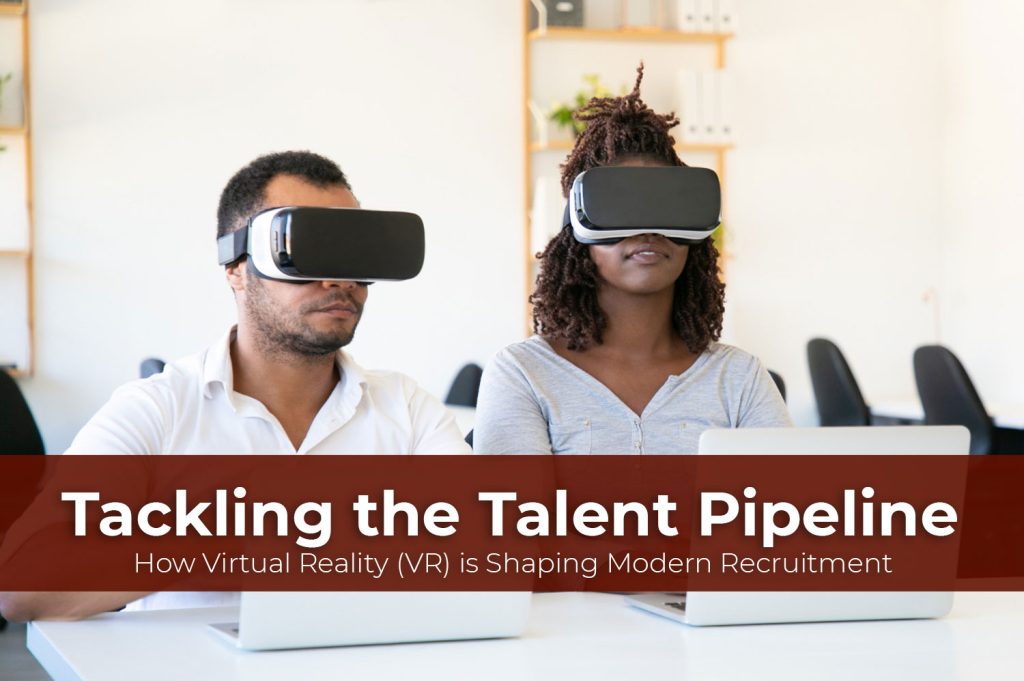Why Talent Acquisition Needs People

“You need to have a collaborative hiring process.” – Steve Jobs, Co-Founder of Apple
We have said it many times before in previous blogs. The recruitment industry is rapidly changing day by day. For one, the introduction of new technologies, the adoption of innovative recruitment tactics and the emergence of cutting edge talent acquisition strategy makes for a tumultuous marketplace. In this blog, we will be looking at talent acquisition in particular. More specifically, we want to shed some light on what it is, how it drives business value and most importantly, why it needs people.
Before we dive into the details of it, we need to first have an understanding of talent acquisition in the modern landscape. Traditionally, those familiar with the industry will know it as a process used by employers for recruiting, tracking and onboarding candidates. Typically, this function falls to the human resources department. More often than not, talent acquisition as a process includes standalone software systems that help automate the recruitment process. This is also where RPO agencies and things like ATS (Applicant Tracking Systems) come in.
Table of Contents
ToggleWhy is Talent Acquisition Important?
As a process, it holds a lot of weight in the job market because it serves as a means for companies to find and hire the right people. This has both short-term and long-term effects on the bottom line of the business. Without the right people, the business is likely to struggle with issues like reduced productivity, poor decision making, and a lack of motivation. These may seem like little hurdles, but they add up to a significant barrier in a highly competitive market scenario.
Beyond just hiring someone to fill a role in a company, talent acquisition helps ensure that the long-term goals of the business are being met with every hire. So, in a way, it’s less about hiring and more about planning.
Defining how you measure business value is a great first step in identifying all the elements you need to succeed.

How Talent Acquisition Drives Business Value
When it comes to creating and measuring business value, it is usually by combining the right ratio of tangible and intangible assets. Tangible assets include things like equipment, buildings, technology and so on. Intangible assets are things like brands, customer relationships, etc. in this white paper, it was reported that more than 90% of the value leading companies like Facebook can attribute their success to intangible assets. Specifically, this refers to the people.
The same is true of talent acquisition. If you want to measure the value that it brings your business, you could look at the people aspect of it. By this we mean in terms of the people hired and the people who are hiring. Having the right people in the right place means that the business is the greatest beneficiary. So, there you have it, that is how talent acquisition benefits and drives business value.
“Train people well enough so they can leave, treat them well enough so they don’t want to.” – Richard Branson, Founder of Virgin Group

A good balance of people and technology is needed with regards to recruitment and talent solutions.
Why Talent Acquisition Needs People?
Now, we come to the meat of the topic. Why does talent acquisition need people? Well, as mentioned above, people are some of the greatest assets that a company has. True, for the most part, the recruitment industry is moving towards automation, but therein lies the imbalance and the need for people.
For instance, with automation, you get a faster process, such as it is with the earlier mentioned ATS. While you get a fast and efficient process, it tends to fall on the biased side as many candidates get rejected. They want a job, but for some reason or another, the ATS sees them as ineligible. It filters them out of the system. These groups of candidates are sometimes known as ‘hidden workers’. These hidden workers could be rejected or filtered out due to gaps in their employment history, the fact that they have several part-time jobs while looking for a full-time gig or really, any number of reasons.
The fact of the matter is, it can vary a great deal from one ATS to another. However, there is a common thread that links most rejections, and that is an over-simplistic criterion. A potentially great candidate could be pushed out of the selection process due to them missing a single parameter. It is for this reason that talent acquisition needs people. The process, while automated, needs a human sense of direction.

